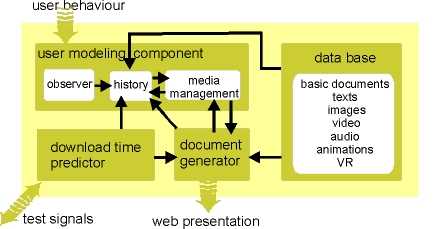
Fig. 1. The architecture of the TELLIM system.
Multimedia Technology Group,
Dresden University of Technology,
01062 Dresden, Germany
tj4@inf.tu-dresden.de and
km2@inf.tu-dresden.de
Currently there are several research projects trying to improve the acceptance of web presentations. In the area of adaptive hypermedia there is a lot of effort to increase the functionality of hypermedia by making it personalized. Most of the systems consider adaptive text presentation or adaptive navigation support. Some of them contain non-textual items but cannot present these items adaptively [1]. At the same time, there are several prototypes that automatically generate multimedia presentations. But the majority consider only one or two output media, e.g. graphics and text, and they are not used in full-fledged hypermedia systems [3]. Most research projects are realized in the area of educational hypermedia and on-line information systems.
In the field of adaptive systems "electronic commerce" is a very new application area. Compared to other applications, there are some special requirements. Privacy: Especially in the area of electronic commerce, a lot of users are distrustful to give private data. There must be some effort to build up confidence. Fun: Electronic shopping malls in the Web are a new form of marketing. Therefore, it is very important not to bother the customers with additional interviews. Speed: The adaptation of the presentation must happen very quickly, so that it becomes an individual presentation for everybody including new customers. Design: Compared to other application areas e.g. information retrieval, it is not enough to present only the right information but also an attractive design. Reusability: The adaptive component should not cause a lot of work for updating the catalogue. This means that extended preparation of data related to the adaptation process should not be necessary. This also means that it is desirable not to need training periods.

Fig. 1. The architecture of the TELLIM system.
Concerning these requirements, we suggest the TELLIM system, which adapts
the multimedia presentation in the Web based only on an implicit knowledge
acquisition and an incremental learning algorithm. The architecture of
the TELLIM system, which is shown in Fig. 1, consists of four main components:
a data base, a download time predictor, a user modeling component and a
document generator.
The data base contains the basic documents of the presentation and
the different possible supplements. These can be additional textual explanations,
such as detailed information, and it can be different media objects, such
as images, video, audio, animations or VR-worlds. For every additional
piece, the type of the medium, the size, the minimal time needed to understand
the information, and a set of attributes which describe the content of
the presentation piece are stored.
The download time predictor consists of a dialog component which
asks the user for his kind of connection (ISDN, modem, etc.) and a component
that estimates with test signals the actual capacity of the network. With
this information it is possible to predict the downloading time quite accurately.
The user modeling component is built of three main parts.
The document generator gets the basic document and all possible supplements from the data base. For each supplement, the generator asks the download time predictor for the estimated downloading time and then asks the m³ for a prediction of the user's interest. Depending on the answer, the generator integrates the current supplement in the presentation or builds a new document with that supplement and only adds it as a link in the current document.
In this paper we introduced TELLIM, a system for the generation of individual multimedia presentations on the Web. We described a method of implicit knowledge acquisition characterized by avoidance of unnecessary work for the customer and an adaptation process with an incremental learning algorithm which is able to learn preferences of the customers quickly. Currently we are starting work on a prototypical implementation and would like to get practical experiences together with industrial partners in the near future. First preliminary simulations of the system show promising results. But, because the quality of a web presentation is very subjective, we have to evaluate this system in a real environment by asking the customers. A detailed description of the TELLIM system can be found in [2].
References
[1] Brusilovsky, P., Methods and techniques of adaptive hypermedia, User Modeling and User-Adapted Interaction, 6(2–3): 87–129, 1996.
[2] Joerding, T. and Meissner, K., Intelligent multimedia presentations in the Web: fun without annoyance, 1998; long version as internal report, http://www.inf.tu-dresden.de/~tj4/reports/tellim1.html
[3] Maybury, M.T. (Ed.), Intelligent Multimedia Interfaces, AAAI Press/MIT Press, Boston, MA, 1993.
[4] Shen, W.M., An efficient algorithm for incremental learning of decision lists, Technical Report, USC-ISI-96-012, 1996.